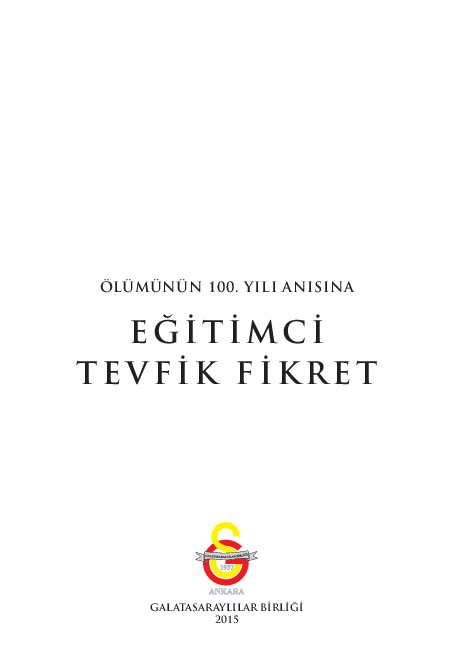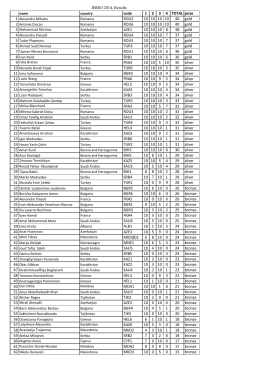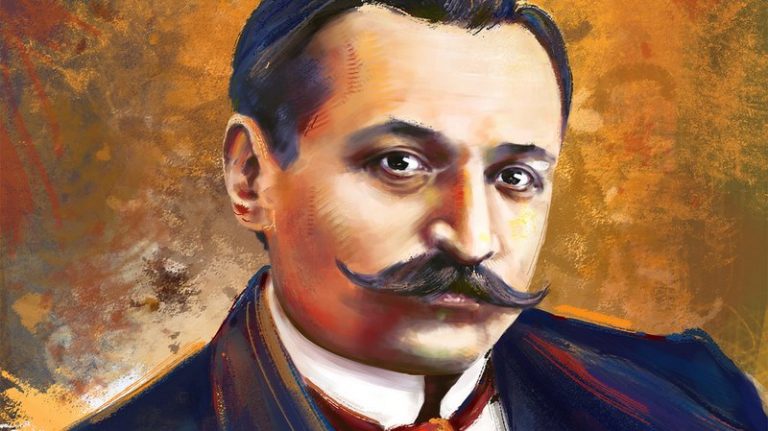

This study is intended to answer the statement. By learning literature we will have wider insight of our real life because it is a mirror of all aspects of real life and nature. It is created not only to express our feelings, thoughts of imagination but every detail of our life story and experience can also be written on it widely. Literature is a kind of art that offers pleasure and illumination. On the other hand, Nef’î, to whom he think himself closer with his firm character, is the “offending, devastating saying” of anger, pain, satire as a sharp-tongued poet.

While Fikret describes Fuzûlî as the image of “morbid love” suffering from love, with sorrow, having difficulty and trouble, introverted he imagines Nedîm as the image of “carnal love” which represents the youth who are lost in the pleasure and entertainment of the mortal life and pursue desire, passion and wish.

The reasons why Fikret chose these three top portraits of the Divan tradition, the way he perceived these poets and the values he attributed to the poets being talked of as an image are going to be questioned. In this study, Fuzûlî, Nedîm and Nef’î are going to be dealt by means of the portrait poems which are gathered under the title of “Âveng-i Tesâvîr” in Rübâb-ı Şikeste by Fikret. The portraits he made visible with his words have distinct places in his poems which he approached with picturesque concern.

The poet’s painting affected the look of his poems, undoubtedly. Tevfik Fikret, who left his marks on the Servet-i Fünûn period with both his painter and poet qualities, is one of the artists of Turkish Literature who is spoken and argued the most.


 0 kommentar(er)
0 kommentar(er)
